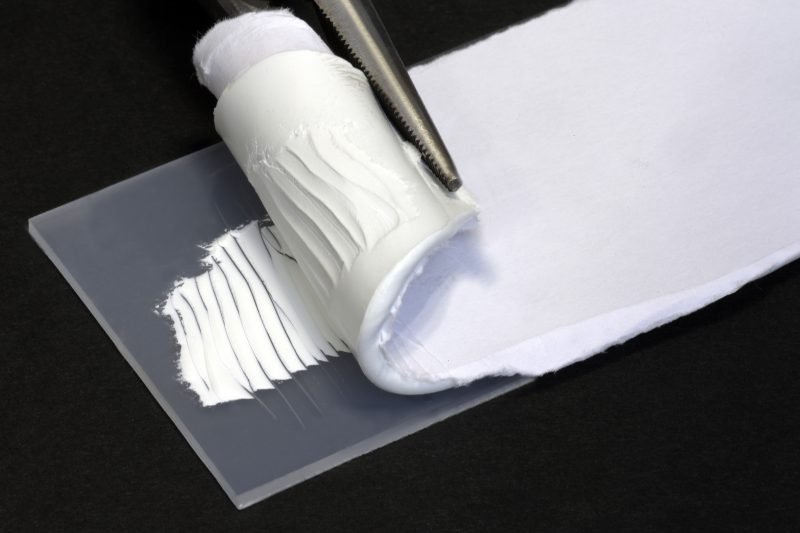Cohesion
The word cohesion comes from the Latin cohaesum “to be connected” and describes in physics and chemistry the binding forces between atoms as well as between molecules within a substance. Thus, the forces ensure the cohesion of the substance within itself. Cohesion forces act both in liquids and in solids and lead to surface tension on the surfaces of a substance.
Molecular forces
In physics and chemistry, the forces acting between atoms and molecules of substances, often referred to as molecular forces, play an important role. There are two different types of molecular forces: The cohesive forces and the adhesive forces. Both are based on the so-called Van der Waals forces.
Cohesion forces
Cohesion forces are forces that cause the cohesion of atoms and molecules of the same type. For example, the cohesive forces are strongest in solids, considerably smaller in liquids and very small in gases, but strong enough to be measured.
When a liquid is applied to a substrate that has a high cohesion, the liquid lies as a spherical drop on the substrate. If the adhesive force with which the molecules of substrate and liquid attract each other is greater than the cohesive force, the liquid melts on the surface. The effects of a previous plasma treatment leads to improvemnt of the the adhesion force and thus also the wettability increases.
More information >>




